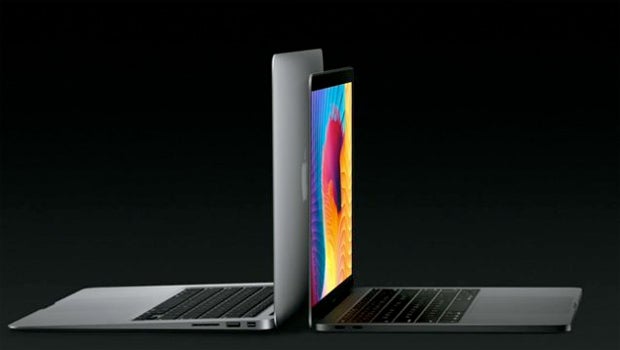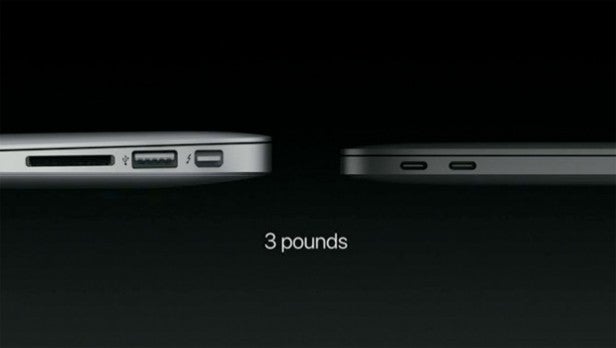The 11-inch Apple MacBook Air is dead, 13-inch model usurped

Apple has killed off one of its most popular Mac products, 11-inch MacBook Air laptop
The slim-and-light laptop was not part of Thursday’s Special Event, where the new MacBook Pro laptops took centre stage.
Related: 5 Things you need to know about the new MacBook Pro
The 11-inch MBA has been culled completely, while the 13-inch model is still available in its current form.
However, Apple is now steering users of the larger-screened model towards a third, slightly scaled back MacBook Pro model.
This $1,499 model has traditional function keys (no TouchBar), two Thunderbolt ports (compared to 4) but is 12% thinner than the 13-inch MacBook Air. Both models weight around 3lbs.

That model will cost $1,499 (£1,450) from today. The 13-inch MacBook Air is still available from $999 (£949), meaning it’s still likely to appeal to plenty of Mac fans.
The MacBook Air was first announced in 2008 when Steve Jobs removed it from a manila envelope during a golden period for Apple.
The 11.6-inch MacBook Air was first unleashed in 2010 when Apple refreshed the 13.6-inch model for the first time.
Both models had been refreshed multiple times offering Pro-like power and all-day battery life, but never received the screen update many users sought.
With the arrival of the Retina MacBook in 2015, the 11-inch MacBook Air became the company’s base-level notebook.
The model with there 12-inch Retina Display is now the smallest Apple laptop on the market.
Video: Apple Watch Series 2 vs Apple Watch


